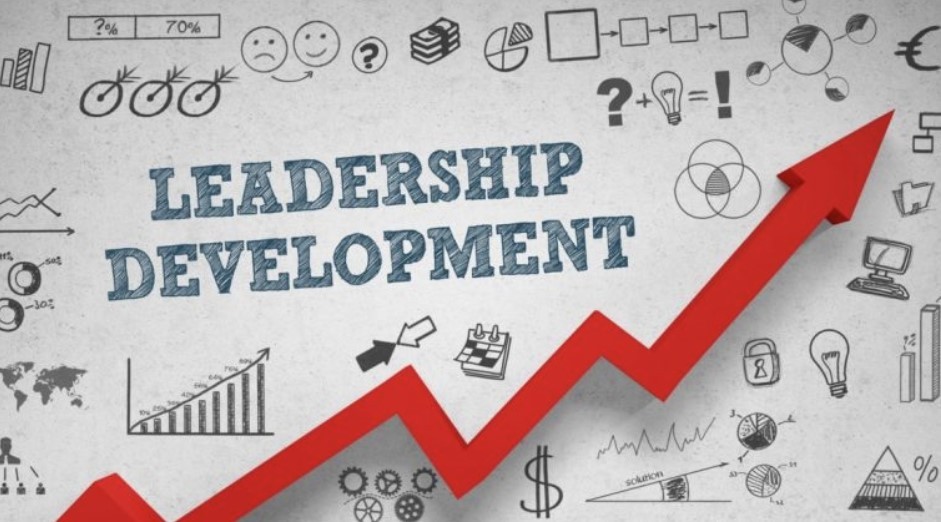Description
Introduction of Leadership Development Program
Effective leadership is a key driver of success in any organization. The Leadership Development Program (LDP) is designed to help individuals identify and unlock their leadership potential, equipping them with the necessary skills and strategies to lead teams, manage change, and influence organizational growth. Through practical training, self-assessment, and actionable strategies, participants will learn how to enhance their leadership capabilities and become impactful leaders in their respective industries.
Prerequisites
- A desire to develop or enhance leadership skills and take on managerial or leadership roles.
- Basic understanding of team dynamics and organizational structures.
- Prior experience in a team-oriented or supervisory role is advantageous but not required.
- A willingness to engage in self-reflection, feedback, and personal growth.
TABLE OF CONTENT
- Introduction to Leadership
1.1 Definition and Importance of Leadership
1.2 Leadership Styles
1.3 Leadership vs. Management
- Self-Awareness and Emotional Intelligence
2.1 Assessing Personal Strengths and Weaknesses
2.2 Emotional Intelligence in Leadership
2.3 Self-reflection and Goal Setting
- Communication Skills
3.1 Effective Communication Strategies
3.2 Active Listening
3.3 Non-verbal Communication
- Team Building and Collaboration
4.1 Building High-Performance Teams
4.2 Team Dynamics and Communication
4.3 Conflict Resolution and Team Productivity
- Decision-Making and Problem-Solving
5.1 Decision-Making Models
5.2 Critical Thinking
5.3 Problem-Solving Techniques
- Strategic Thinking
6.1 Understanding Organizational Strategy
6.2 Long-Term Planning
6.3 Aligning Team Goals with Organizational Objectives
- Change Management
7.1 Leading Through Change
7.2 Overcoming Resistance to Change
7.3 Change Communication Strategies
- Innovation and Creativity
8.1 Fostering a Culture of Innovation
8.2 Encouraging Creativity in Teams
8.3 Implementing Innovative Solutions
- Leadership Ethics and Integrity
9.1 Ethical Decision-Making
9.2 Leading with Integrity(Ref: Life Insurance & Annuities with Oracle Policy Admin)
9.3 Building a Values-Driven Culture
- Coaching and Mentoring
10.1 Coaching Skills for Leaders
10.2 Establishing Mentorship Programs
10.3 Developing Talent Within the Organization
- Performance Management
11.1 Setting Goals and Expectations
11.2 Providing Feedback
11.3 Performance Appraisals and Development Planning
- Leadership in Diversity and Inclusion
12.1 Creating Inclusive Leadership Practices
12.2 Managing Diverse Teams
12.3 Addressing Unconscious Bias
- Personal Branding and Networking
13.1 Building a Leadership Brand
13.2 Networking Strategies
13.3 Establishing a Leadership Presence
- Continuous Learning and Development
14.1 Creating a Learning Culture
14.2 Professional Development Planning
14.3 Staying Current with Industry Trends
- Capstone Project or Leadership Challenge
15.1 Applying Leadership Skills to Real-World Scenarios
15.2 Project Presentation and Evaluation
Conclusion
The Leadership Development Program is an empowering journey that helps individuals cultivate the leadership skills necessary for success in today’s dynamic and fast-paced environments. By honing key leadership qualities such as emotional intelligence, strategic thinking, and effective communication, participants will be well-equipped to lead with confidence, inspire their teams, and drive organizational success. This program will provide you with the tools, strategies, and insights to unlock your full leadership potential and become the leader you aspire to be.
Reference







Reviews
There are no reviews yet.